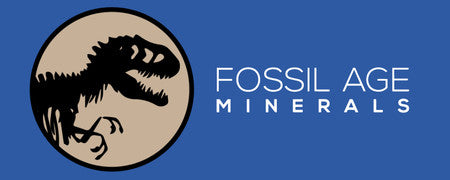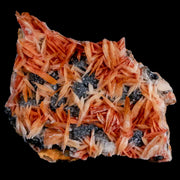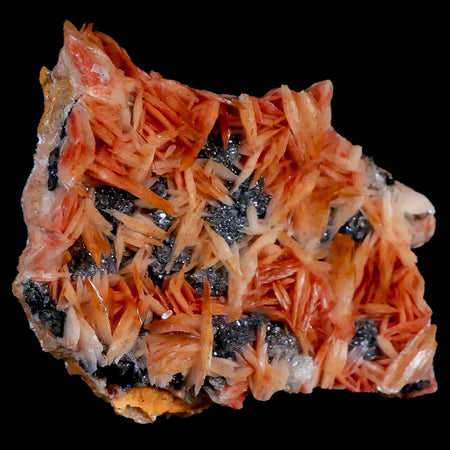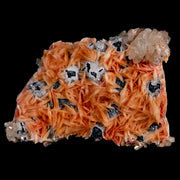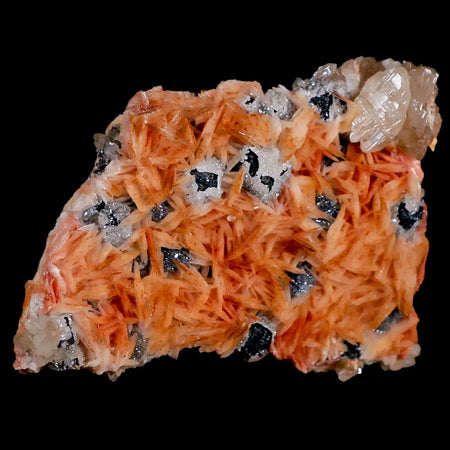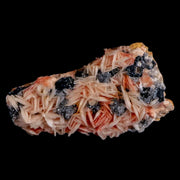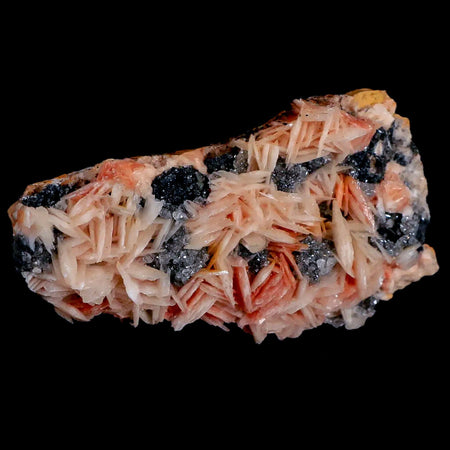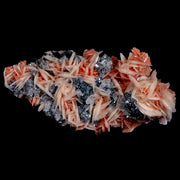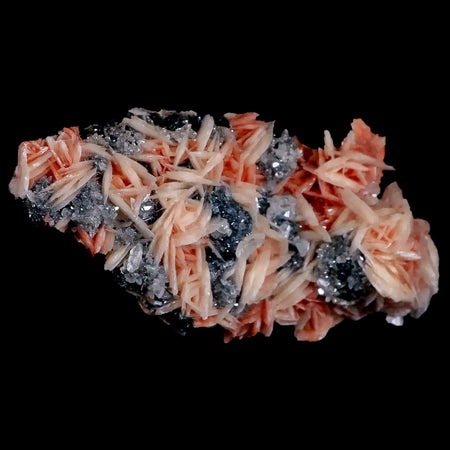11.1" Mosasaur Platecarpus Fossil Jaw Section Teeth Cretaceous Dinosaur Era COA
Location: Oued Zem, Morroco
Weight: 7.2 Ounces
Dimensions: 11.1 Inches Long, 1.7 Inches Wide, 0.8 Inches Thick
Comes with a Certificate of Authenticity.
The item pictured is the one you will receive.
This is a genuine Fossil.
100 - 66 Million Years old, Upper Cretaceous, Maastrichtian Epoch.
Name: Platecarpus (Flat wrist).
Named By: Edward Drinker Cope - 1869.
Diet: Carnivore.
Size: 4.3 meters long.
Time period: Santonian to early Campanian of the Cretaceous.
Fossil representation: Remains of multiple individuals, some of them revealing impressions of soft tissues.
Platecarpus was a medium-sized Mosasaur with long, narrow jaws lined with sharp, pointy teeth. This marine lizard grew to 24 feet (7 meters) in length and roamed the shallow seas of the Late Cretaceous in search of small fish and squid. Platecarpus was more selective in its diet than its larger and more ferocious relative Tylosaurus, a deadly hunter with eyes for anything that moved.
While not the biggest mosasaur, Platecarpus was one of the most abundant; its fossils have been found in ancient seabeds in North America, Europe, and Africa.
As with all mosasaurs, a long and muscular, vertically flattened tail powered Platecarpus through the water in a snakelike fashion while flipper-like limbs provided the steering. Some fossilized specimens have thick eardrums, an adaptation that may have allowed the sea monster to chase fish into deep waters.

Please be aware of the nature of fossils:
Being buried under the ground for millions of years under tons of pressure tends to be rough. No fossil comes out of the ground whole and perfect. Most fossils have undergone some restoration, while others are altered by man simply to enhance their presentation in different ways. The workers in Morocco do a very professional job, of unearthing and preserving these natural treasures, however, commonly natural cracks are visible on the surface. These are part of the natural beauty of the fossil and not considered defects.

